Chinoiserie. (It’s ok, we can’t pronounce it either.) The term describes European interpretations of Asian culture and objects, and originated in 17th century, when European trade with China was flourishing. Europeans, tiring of the same old, same old, were fascinated by China’s foo dogs and dragons, nature scenes, lacquered furniture, and most notably and most recognizable of the chinoiserie style today, their blue and white ceramics with intricate patterns.
Louis XIV cemented chinoiserie as a foundational style of the French classicism era he is famed for, when, in 1671, he ordered the Trianon de Porcelaine built on the grounds of the Palace of Versailles. It was almost entirely encased in blue and white tiles. Ever the trendsetter, his bold use of chinoiserie ignited a trend in Europe that lasted through the 18th century. Chinoiserie has waxed and waned in popularity since, but experienced a significant revival in the the U.S. in the 1930s during the height of the Art Deco period. And with the rise of grandmillennial and maximalist styles in the 21st century, chinoiserie is sought after once again.
What is sometimes overlooked is the lasting place chinoiserie has in traditional interiors. At Park & Oak, we love to mix the traditional with a touch of the modern or unexpected. Chinoiserie provides so many ways to do that without overwhelming a room. The blue and white ceramics that are the lifeblood of chinoiserie do so much to lend just a little bit of interest and pattern without overwhelming. And a hint of bamboo via a modern Chippendale chair adds just the right amount je ne sais quoi to a classic room. Do we ever indulge our inner maximalists? You bet. When we are entertaining we break out all the ginger jars.
Check out Park & Oak’s use of chinoiserie in the gallery below, and then shop some of our favorite interpretations!
Chinoiserie at Park & Oak

via Park & Oak 
via Park & Oak 
via Park & Oak 
via Park & Oak 
via Park & Oak 
via Park & Oak 
via Park & Oak 
via Park & Oak


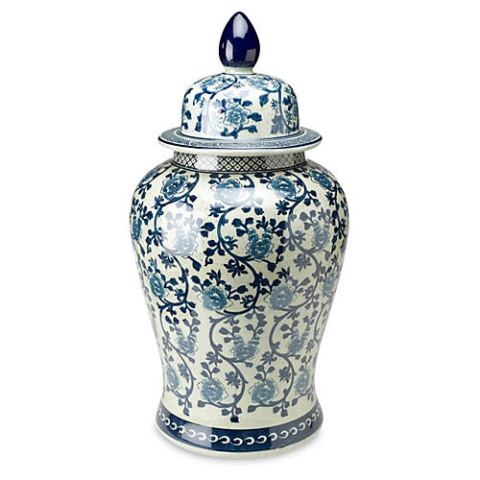
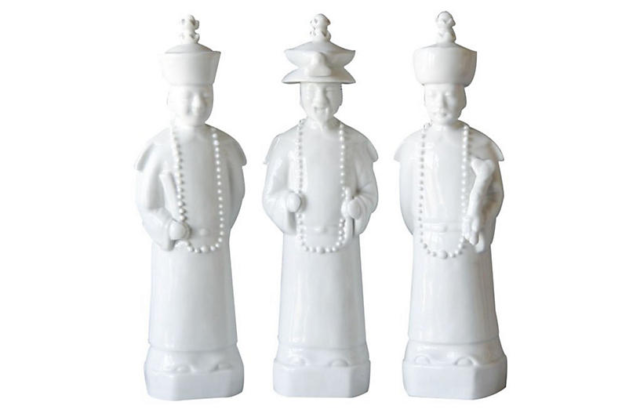
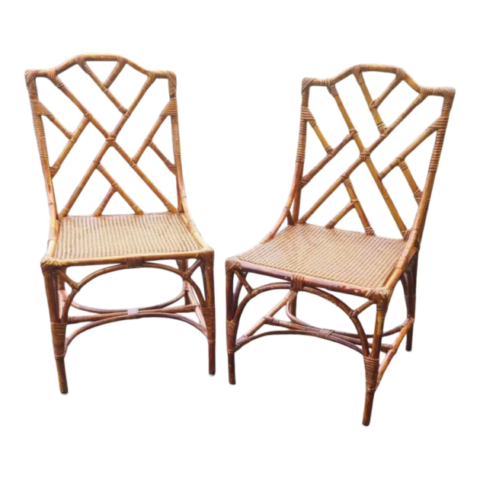
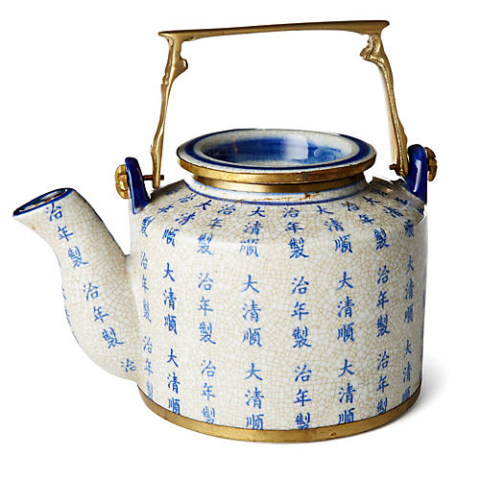
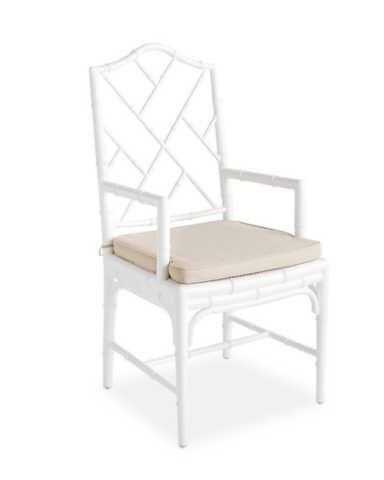
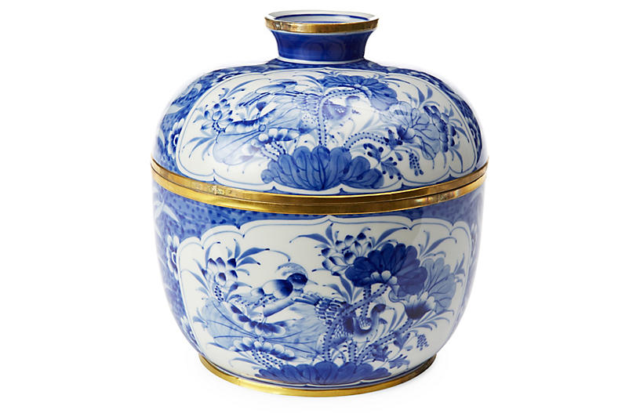
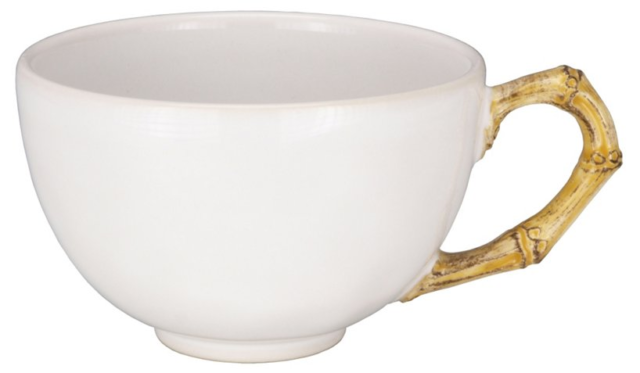
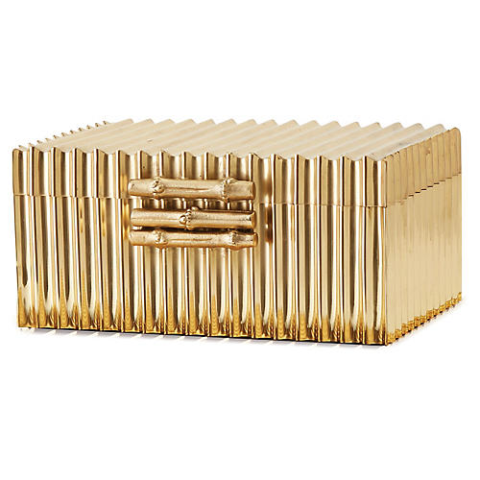


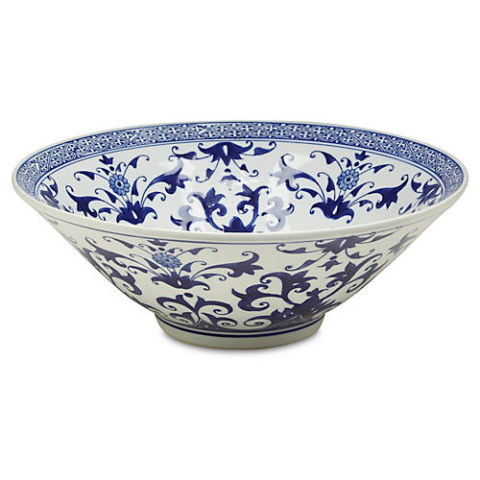
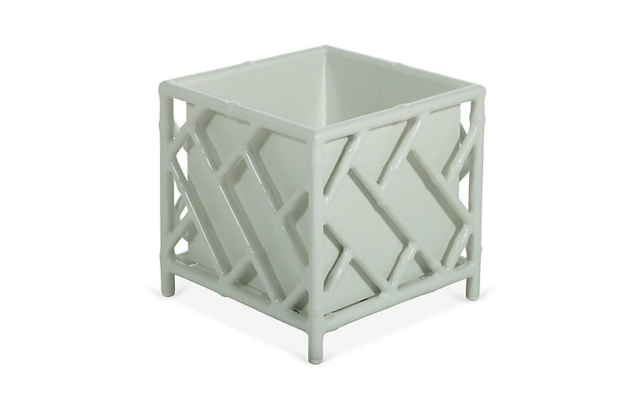
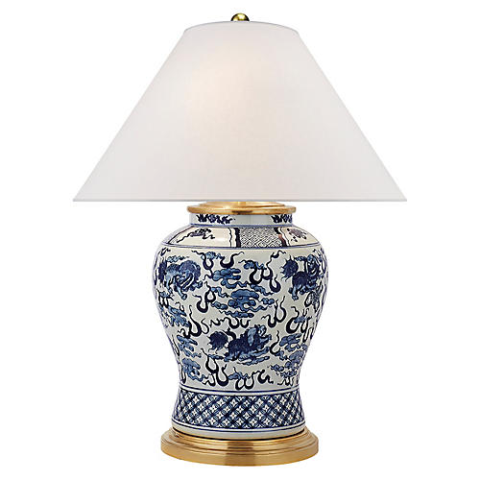



No Comments